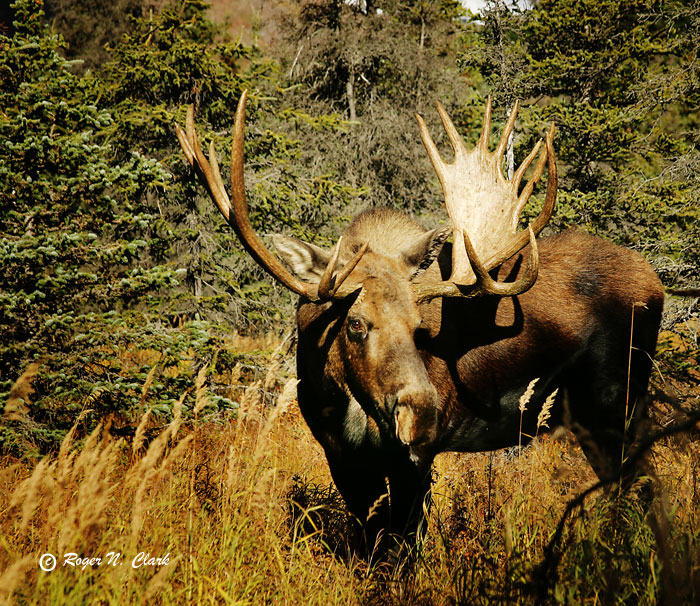MOOSE!
Moose are an incredible species, usually only having a lifespan of 5-6 years, but, if they avoid predators and are incredibly healthy, they can live for 20 years! Could you imagine if we could triple or quadruple our lifespan by remaining healthy? Well, we sort of have, over thousands and thousands of years... but that's another post. Moose are the subject for today...
 |
| This guy... |
 |
| turns into THIS GUY. |
But how is this possible you ask? A full grown moose with a much lighter head than six months before? What happened to Mr. Antlers?
Well, apparently, moose lose those enormous antlers every winter, with the older males losing theirs first, and everyone having no antlers at all by January. In the spring, a male moose will begin growing new antlers, covered with a velvety new material. Come fall, the bulls - male moose - will begin to shed that soft coating on their antlers (with the elder male moose shedding first).
Once the bulls begin to shed this covering, rutting season has begun.
Rutting season. What to say about rutting season... ah, I got it. "Rutting season is smelly."
No, seriously. Rutting season is well identified by the smell that lingers in the air. A bull will dig (with his hoof) a rut (ahh there's where we get rutting from) about 2 feet long and 2-3 inches wide. Bare with me now - the male moose will piss into this rut, and splash it all over his head and newly shed antlers. The ensuing, INCREDIBLY strong scent attracts cows - female moose - from all over, and mating season begins.
A cow will carry her young in gestation for about 8 months, and then give birth to a calf of about 30 pounds. Multiple births are possible (like twins). A new-born calf can grow up to a pound a day! wow.
So, that's about what you need to know about a moose's antlers, just for general knowledge...
and now you know!

No comments:
Post a Comment